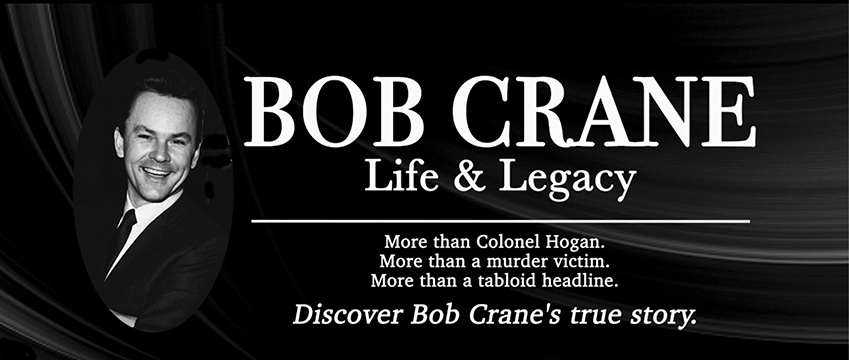Hogan's Heroes is often considered the older cousin of MASH. When studying the two shows, you can see very clearly how MASH was allowed to evolve in a much more dramatic way than Hogan's Heroes ever could. But that doesn't mean Hogan's Heroes didn't evolve. It did, and by quite a bit.
After the pilot episode was filmed and then picked up by CBS for broadcast, drastic changes were made to the series. In the latest episode of 'Hogan's Heroes' Revue, Linda Groundwater and Carol Ford discuss the pilot episode. They offer a comparison to MASH, as well as other episodes, to provide insight into how pilots are vastly different from the series, as well as how a series can grow and evolve. They discuss Hogan's Heroes casting, set, and style changes, and they also talk about the purpose of pilot episodes in general and the importance of character actors.
Obviously, the series was produced by the company Bing Crosby Productions. However, Edward H. Feldman was the Executive Producer who needed to answer to the head of CBS—first James Aubrey, and after his dismissal in 1965 (very soon after Hogan's Heroes was picked up), John "Jack" Schneider. Without the approval of CBS, Hogan's Heroes would not have been picked up and aired, no matter which company produced it. Through his tenacity, Edward Feldman was able to make changes to the series that CBS granted, including the switch from black and white to color, among other style, actor, and set changes.
We hope you enjoy this episode of 'Hogan's Heroes' Revue!
Listen to "03. The ‘Hogan’s Heroes’ Pilot: How 'The Informer' Differed from the Rest of the Series" on Spreaker. Listen to "04. Commentary Series — ‘Hogan’s Heroes’ Episode #1: ‘The Informer’" on Spreaker.